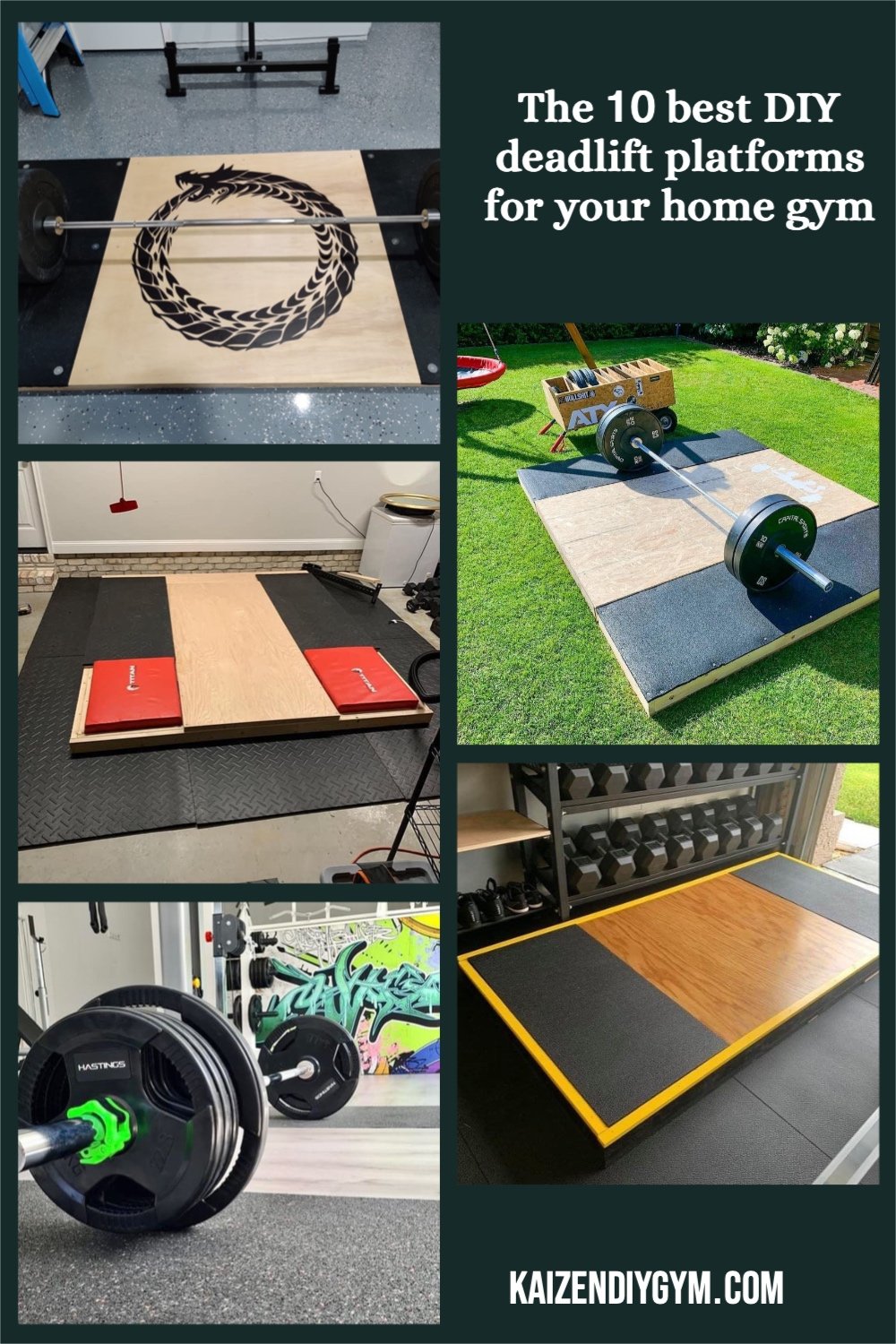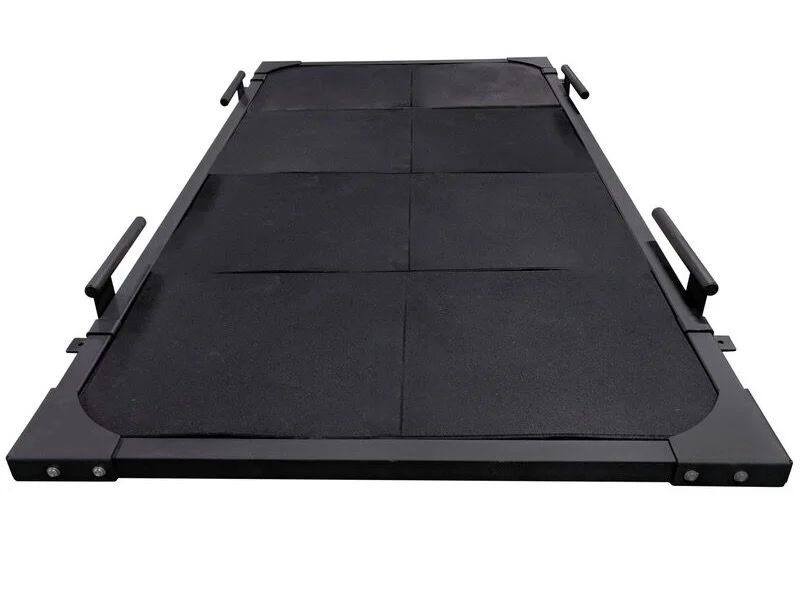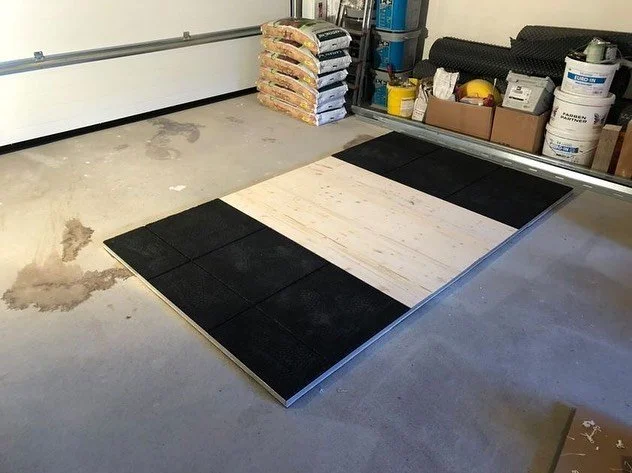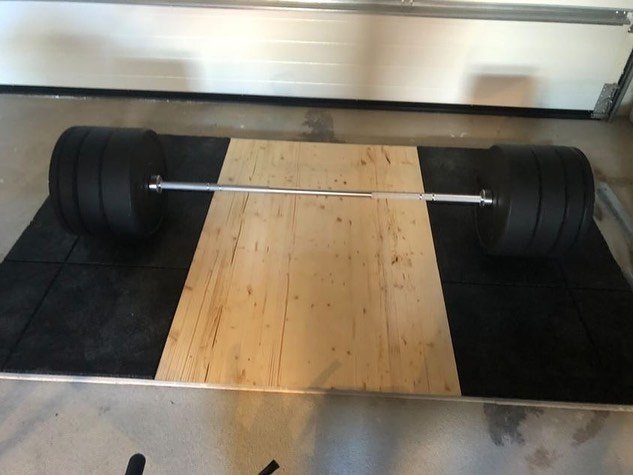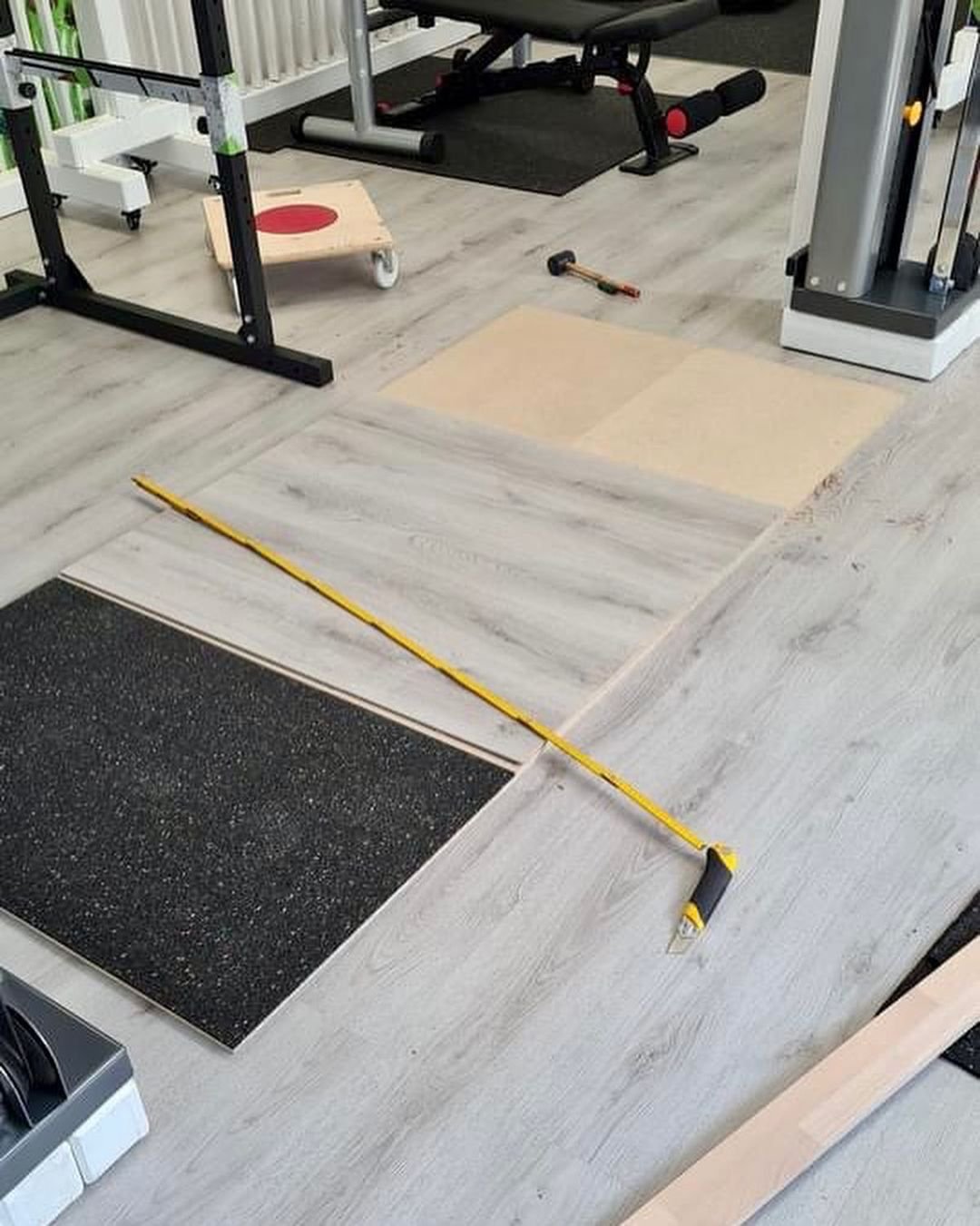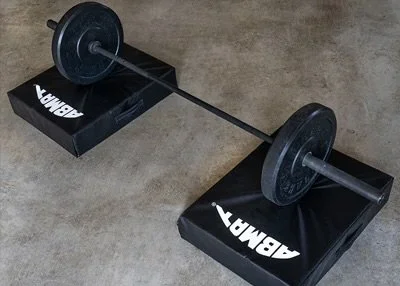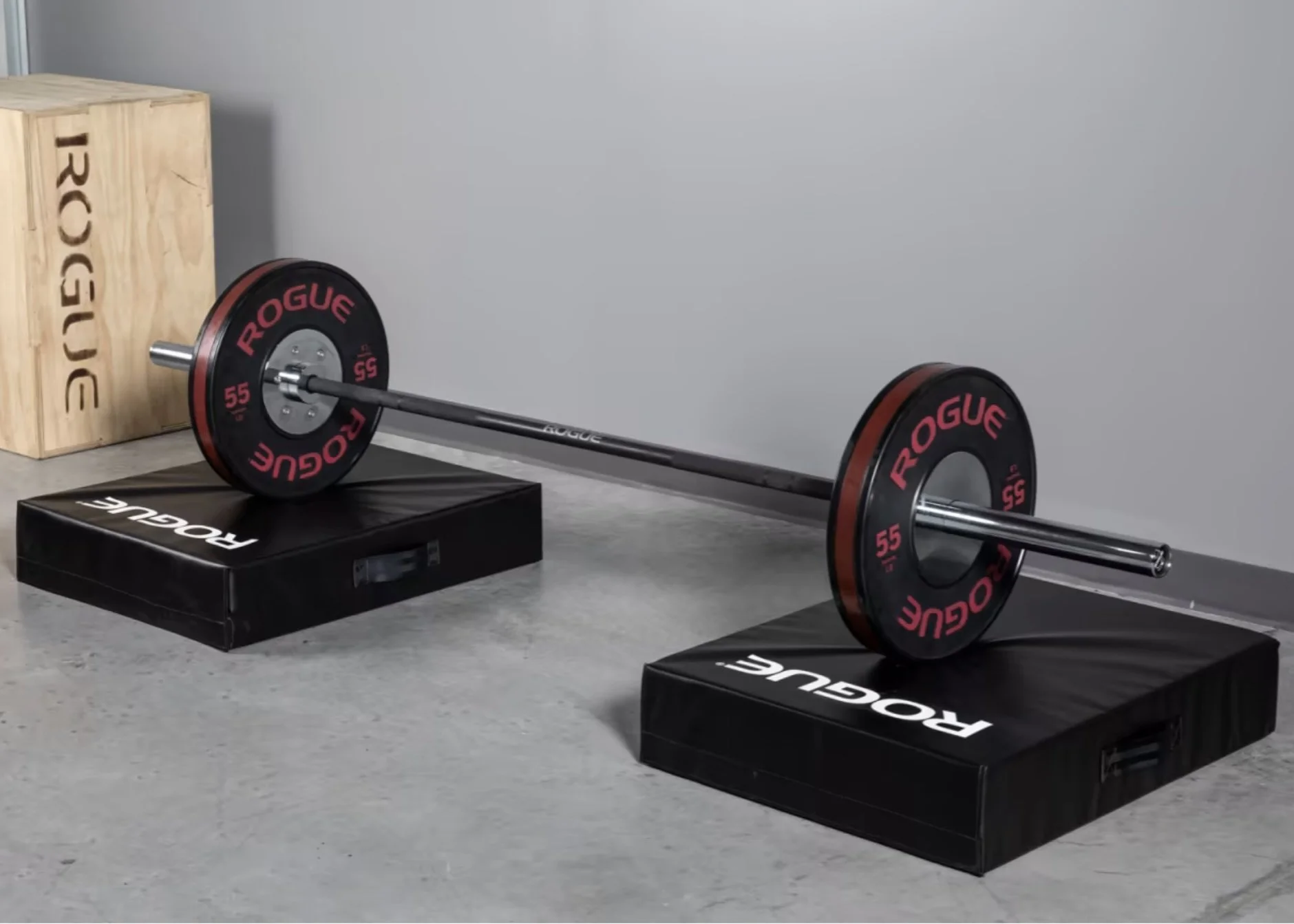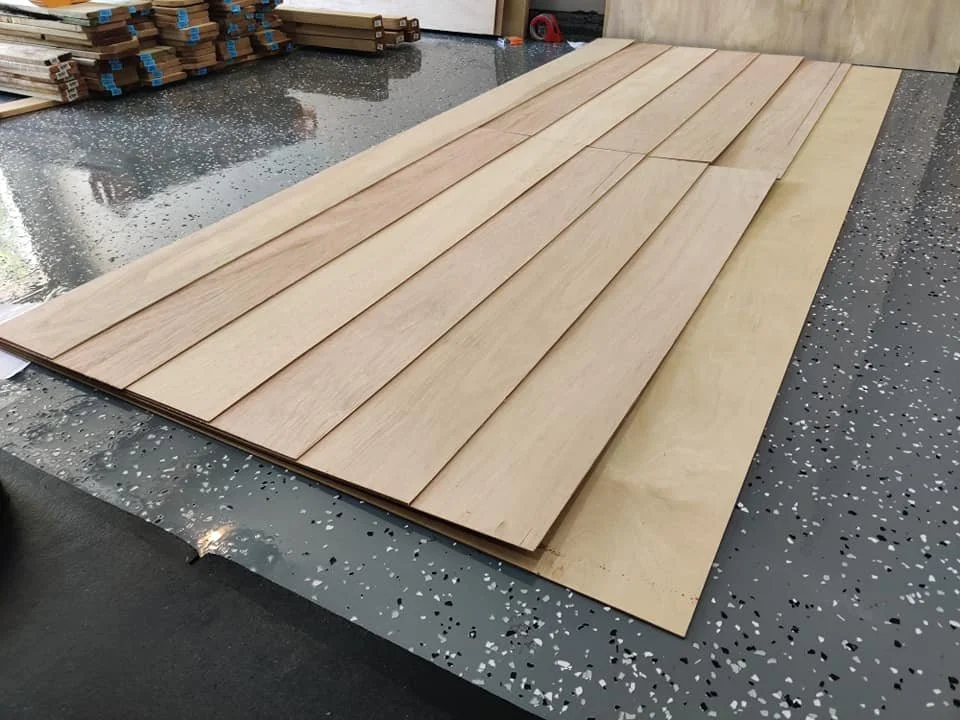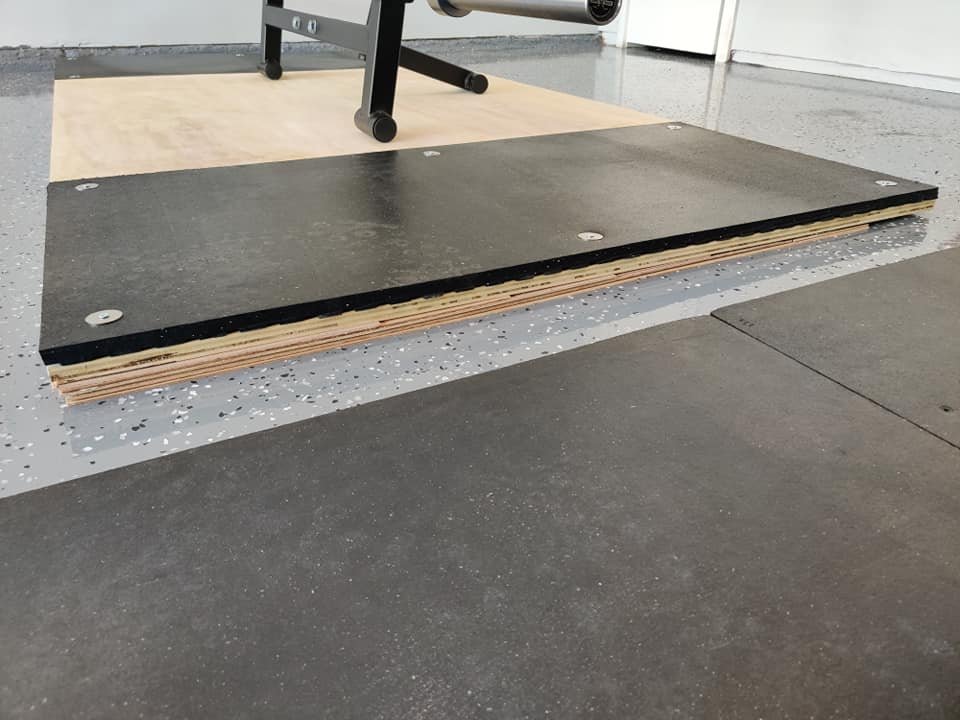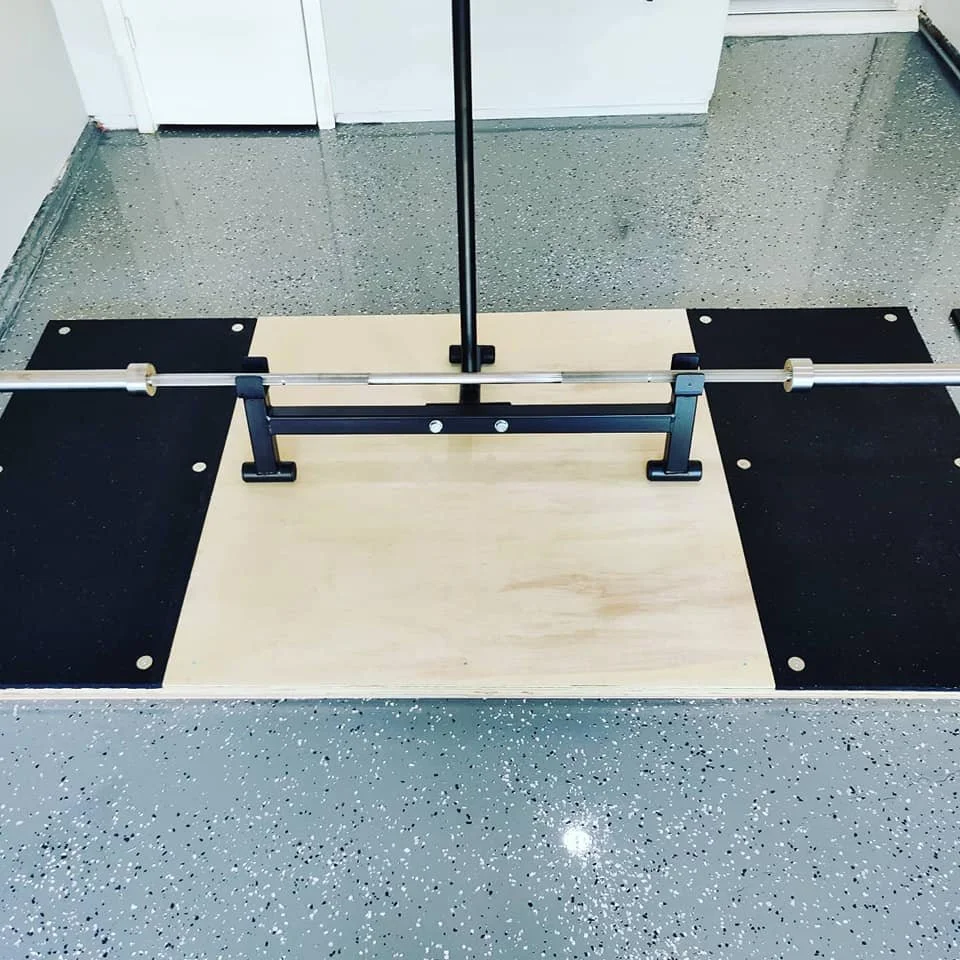10 best DIY deadlift platform designs for the home gym
A lifting platform, also known as a deadlift platform, is something that almost every home gym owner can benefit from. Whether you’re lifting in your garage gym, basement gym, backyard gym, or spare room gym, a lifting platform will help to protect the concrete or other flooring while you lift. While you can buy a deadlift platform for around $500 it also happens to be one of the easiest DIY projects for the home gym. In this article I’ll highlight my favorite designs and link to some tutorials to help you build your own.
1. The most basic DIY deadlift platform design. This platform features a base layer of plywood on the bottom, and a combination of stall mats and plywood on top. It is relatively easy to make and the materials are available to most people locally.
📸 posted by @__s.oliver__
📸 posted by @__s.oliver__
I made one of these for a friend of mine and documented the process. You can check out the written tutorial or watch the video below.
2. A larger DIY lifting platform that can accommodate a power rack. Depending on your available space, it may be a good option to make the platform large enough to combine with your power rack. Some people will choose this option if their rack needs to be bolted down but they don’t want to drill into the concrete, they can simply bolt the rack to the platform.
📸 posted by @gamelifteat
📸 posted by @gamelifteat
📸 posted by @gamelifteat
3. The basic platform with a few small upgrades. This design utilizes MDF for the base, a combination of commercial flooring pieces and leftover vinyl flooring from the house, and color matched edging to tie everything together. It looks nice and professional.
Here is another great example of this type of platform.
4. The outdoor lifting platform. On nice days, many people enjoy lifting weights outside but not having a solid surface to stand on can be problematic. A portable platform can provide a solid surface to lift on. This platform is able to be disassembled so it can be stored away when not in use.
📸 posted by @hiit60
📸 posted by @hiit60
Every deadlift platform needs some type of rubber mat to drop the weights on. Most often, people use horse stall mats because they’re affordable and widely available. Check your local Tractor Supply Co for availability. Horse stall mats are made of dense rubber and can be difficult to cut. Using a utility knife and a fresh blade is the best method I’ve found to make accurate cuts, as demonstrated in the video below.
5. Fully modular deadlift platform. With most platforms, once they’re built they are not going anywhere. It is possible, however, to build a platform with ease of transportation as part of the design.
📸 posted by @craftedhomegym
📸 posted by @craftedhomegym
If you’re interested in this build, check out the full video below.
6. DIY deadlift platform with built in barbell storage. What’s better than a standard platform? One that can also hold a wide variety of straight bars and specialty bars.
📸 posted by @dfurbang
📸 posted by @dfurbang
7. Adding a little elevation. By making the platform thicker, you can add a little extra protection for the floor and help dampen the sound.
Here’s another example of the thicker platform design.
📸 posted by @jascha_stracke
8. Pouring cement to compensate for a sloped surface. This is really only an option if you’re not planning on moving and have the skills to pull it off.
📸 posted by Robert Maxwell in the DIY Gym Equipment group on Facebook
📸 posted by Robert Maxwell in the DIY Gym Equipment group on Facebook
📸 posted by Robert Maxwell in the DIY Gym Equipment group on Facebook
📸 posted by Robert Maxwell in the DIY Gym Equipment group on Facebook
📸 posted by Robert Maxwell in the DIY Gym Equipment group on Facebook
📸 posted by Robert Maxwell in the DIY Gym Equipment group on Facebook
📸 posted by Robert Maxwell in the DIY Gym Equipment group on Facebook
📸 posted by Robert Maxwell in the DIY Gym Equipment group on Facebook
📸 posted by Robert Maxwell in the DIY Gym Equipment group on Facebook
9. Elevated platform with built in space for crash pads. This design is essentially built around the Titan Fitness silencer drop pads, which is an excellent way to reduce noise while lifting heavy. This is a big and beefy design that will last a lifetime.
In the market for crash cushions? Check out my affiliates below.
10. A level platform on a sloped garage floor. This method is a bit easier than pouring your own concrete. A sloped floor can easily be corrected by layering thin pieces of plywood.
If you’re dealing with a sloped surface, check out the video below to learn how to use plywood to correct it.
That’s it! If I missed anything, let me know in the comment section below. What type of platform are you planning on building?

